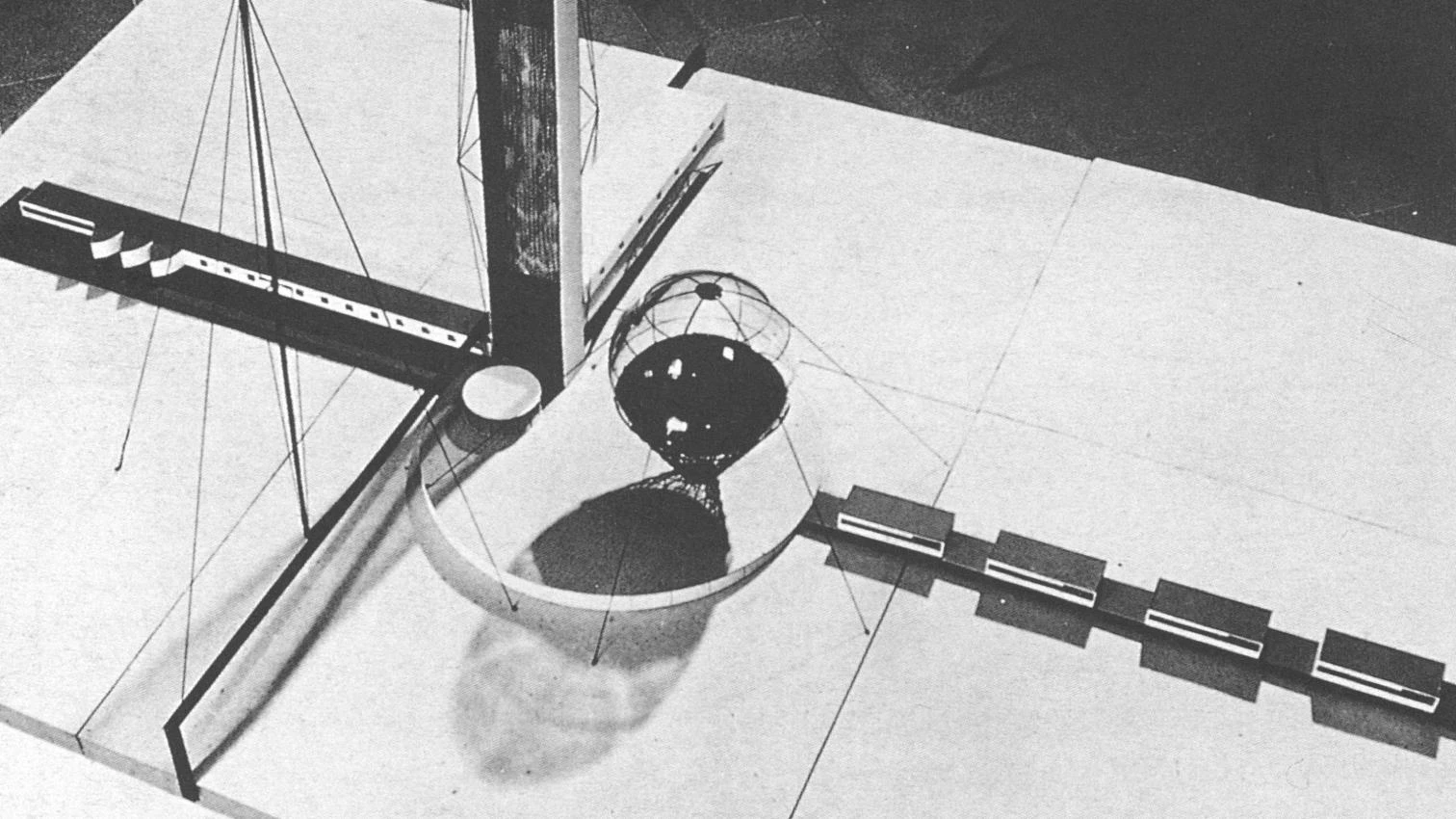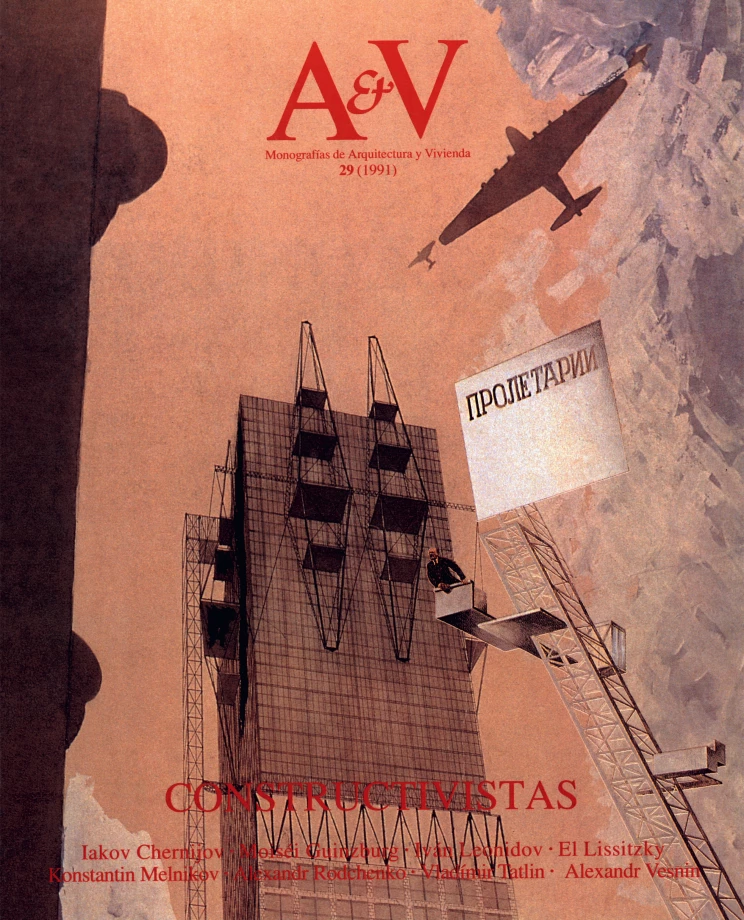
Ivan Leonidov, project for the Lenin Institute, 1927-1928
The icon is one of the forms of the Russian pictorial tradition that is absolutely present in the beginnings of the Russian-Soviet avant-garde. All those characters who would later become the protagonists of that episode had been initiated in the pictorial activity through this technique. Of medieval origin, the icon based its representation of religious character on the arrangement of a series of symbolic figures without any apparent interlocking, as flat patches of color independent of each other, on a wooden support in which fragments of metal could also be embedded.
It was not only the icon that was present in the work of those responsible for the Soviet avant-garde; the Parisian experience also pulsated with great intensity. Through travel or through the great Russian collections - the last traces of painting that still used reality to be represented on canvas, from Monet to Cézanne and Van Gogh - the Soviet artists were creating their own world, and they would even surpass, if only for a short time, Picasso himself, the man most responsible for the absolute disintegration of the world of figuration...[+]






